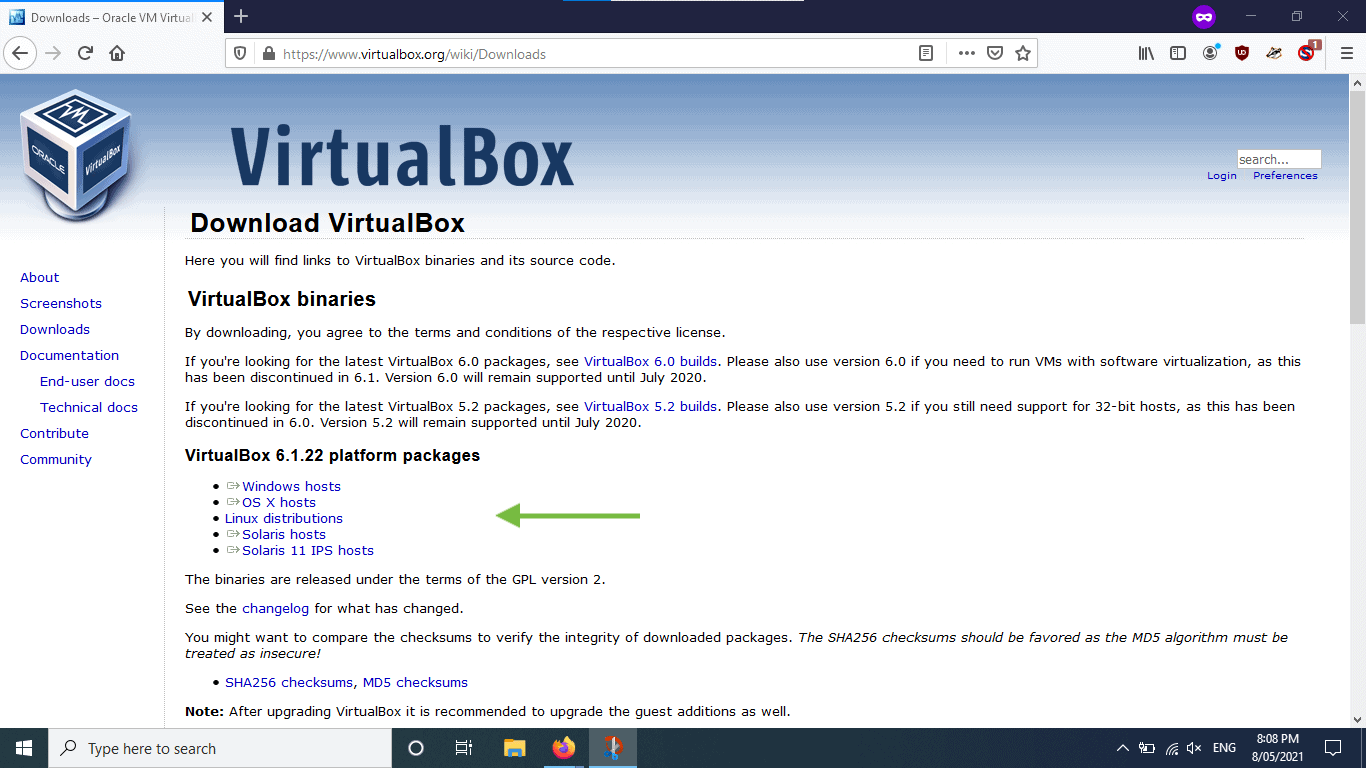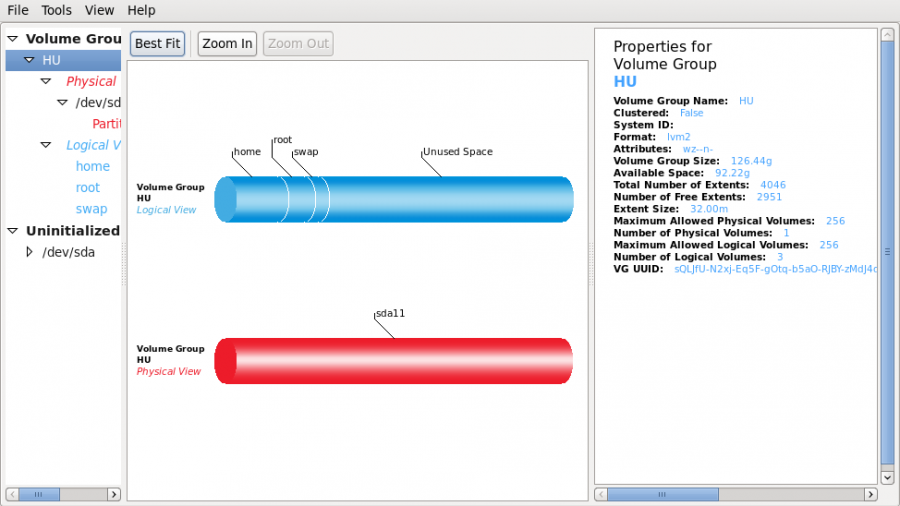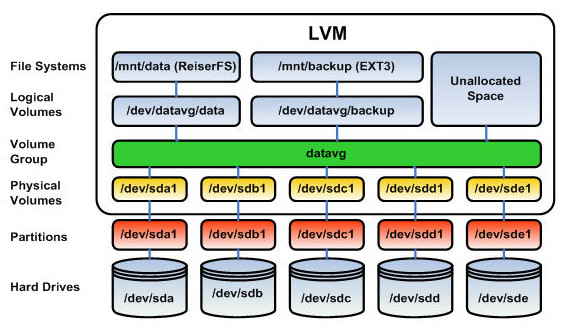

Any other OS that looks at the disk will not recognize the LVM metadata and display the disk as being free, so it is likely it will be overwritten.

However, it is not recommended to do so because of the management issues it can create. We can create Physical volumes without partitioning like pvcreate /dev/sdb. Physical volumes are devices that are initialized using LVM, i.e., hard disk drives, solid-state drives, partitions, etc. Here I have 2x10GB additional disks sdb and sdc I would suggest using USB Flash Drives on your local system for testing purposes.ĪLSO READ: 2 easy methods to extend/shrink resize primary partition in Linux

You can use one or more drives of any size. In this tutorial, I have used an additional 2x10GB of drives as shown in the below snippet.
LOGICAL VOLUME MANAGER XUBUNTU INSTALL
To install LVM on Ubuntu, Debian, and Linux Mint: ~]# apt install lvm2 To install LVM on Rocky Linux, CentOS, Fedora, RHEL: ~]# dnf -y install lvm2 If LVM is not installed on your system, use the below appropriate command to install lvm2 packages with your system’s package manager. You can refer this article for Any Linux system. LVM tools are available on all the major Linux Distributions. We are going to learn these in this tutorial.įor more information about LVM, please refer: Beginners guide to how LVM works in Linux LVM helps us to create flexible disk space management includes allocating disks, striping, mirroring, and resizing logical volumes. Each block of data in an LV is stored on one or more PV in the VG, according to algorithms implemented by Device Mapper (DM) in the kernel. A Logical Volume (LV) is a virtual block device that can be used by the system or applications. LVM is a collection of one or more physical devices called Volume Group (VG), each physical device on the VG called a Physical Volume (PV). The Logical Volume Manager (LVM) provides tools to create virtual block devices from physical devices. 3.10 Activate and Deactivate the logical volumes.3.9 Resize a logical volume using lvresize.3.6 Create file systems and mount the Logical Volumes.2.6 Activating and Deactivating Volume Group.2.4 Add Physical Volumes to a Volume Group.2.3 Remove Physical Volume from a Volume Group.


 0 kommentar(er)
0 kommentar(er)
